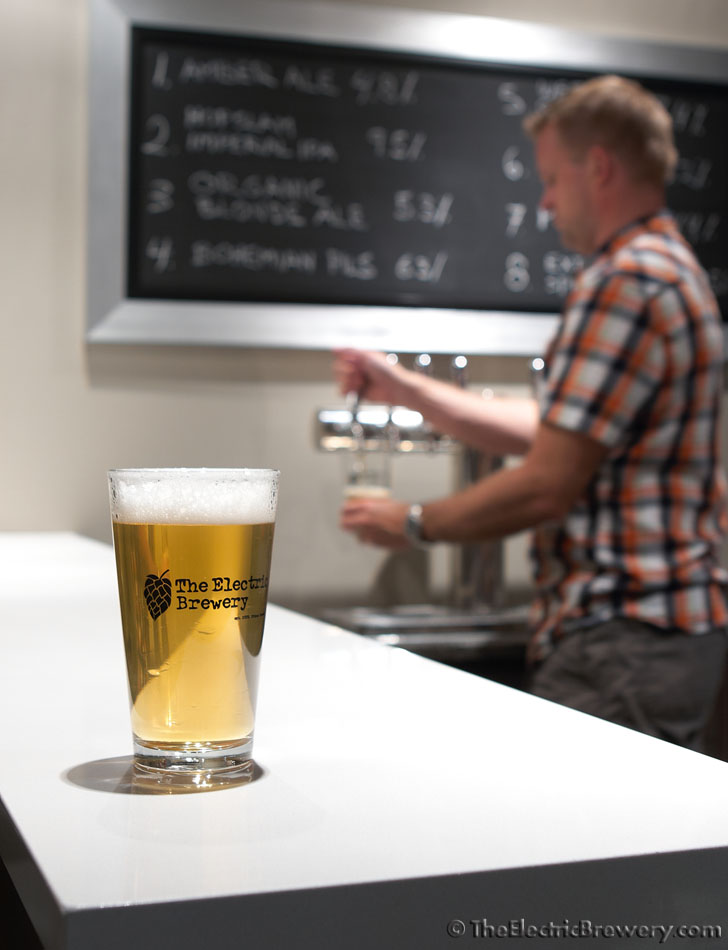My 2 cents as I've been making something that I call a "Bud Light" clone for some years now. Making something tasteless is difficult. It's more about the process and less about the recipe. Just getting the right ingredients does very little to help you make a Bud Light clone.
Go with 80% North American 2-row and 20% rice.
Target 10-12 IBU. A single 60 min addition with a clean noble hop. Bud supposedly used to Saaz or Hallertau. Today it's probably a clean extract (CO2 extracted resin). You want to boil the snot out of it and only impart bitterness, very little flavour.
Mashing low is critical. I tend to target about 4.0% ABV (Bud Light's actually 4.2% ABV) with gravities going from 1.034 to 1.003. You want it *DRY*. So do what it takes to do that on your setup.
If you single infusion, do 148F for 120 mins or so. If you can step mash that's better, something from low 140's for ~120 mins to high 140's for ~90 mins then mid 150's for 30-60 mins, then mashout to 168-170F. That's what I usually do. Bud light uses a 4 hour step mash but I'm not sure what their schedule is, but it's complicated a bit because they make a high ABV wort.
Get your mash to 5.2 pH (when measured at mash temp).
The water should indeed be soft (not much minerals in it). I tend to go with Mosher's ideal pale lager: Ca=21, Mg=5, Na=18, Cl=16, So4=21 (just enough ions to acidify the mash)
WLP840 American Lager yeast or WLP940 Mexican Lager both work well. Pitch a lot. You want at least 2-3 vials per 5 gallons and you want to pitch with the wort at 50F and already very well aerated (pure O2 recommended), then ferment at 52F (wort temp) until done.
Once fermentation is 100% done (hasn't moved in 1 week) I fine with gelatin for ~2 days, keg immediately and then store it at 32F for at least 1 month. 2 months is better. Carb to ~2.5 volumes or possibly even higher.
The results look like this:
Perfectly clear, good head (this one's settled a bit). It's actually a premium lager (not a light lager) but you get the idea. You can't tell the difference in photos.

So again, it's less about the recipe but more about the process.
Note: If you really want to mimic Bud Light you'd have to actually ferment a higher ABV wort (probably around 1.080) and then dilute with 50-60% water at packaging time.
Kal





